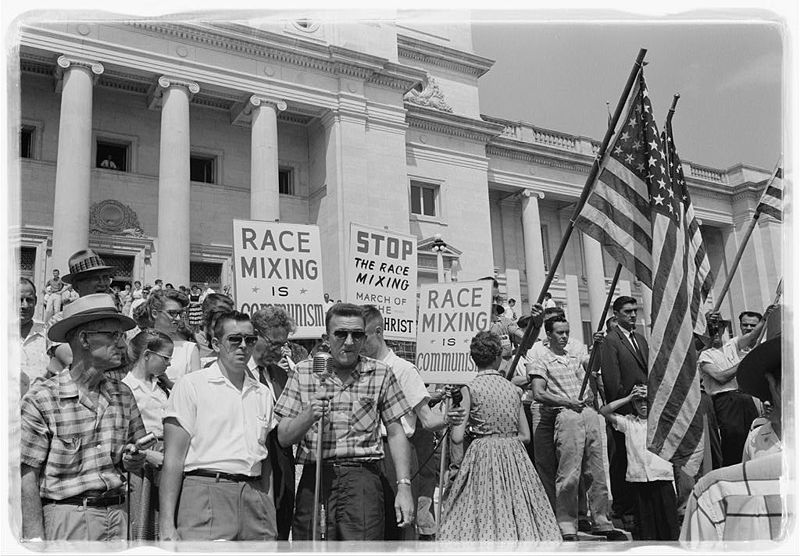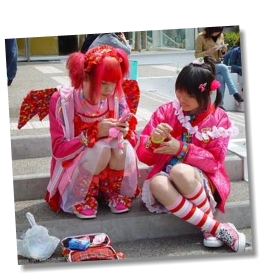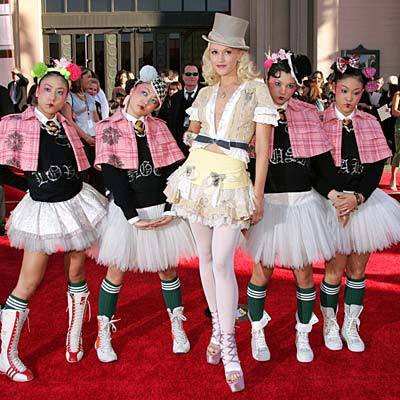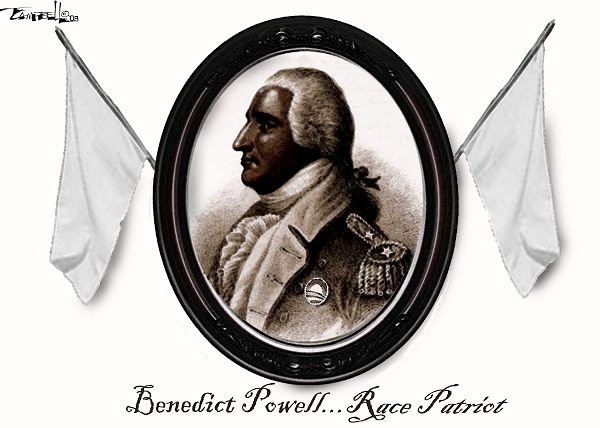Heather J. sent along a nice illustration of white privilege, courtesy of PostSecret. PostSecret features anonymous confessions on postcards and, in this confession, a person confesses that being white and female facilitates her shoplifting:  The card is a great example of the flip side of racial profiling: those who do not carry the stigmatized features aren’t simply treated fairly, they’re given a benefit of the doubt that allows them to get away with the very thing that others are suspected of doing.
The card is a great example of the flip side of racial profiling: those who do not carry the stigmatized features aren’t simply treated fairly, they’re given a benefit of the doubt that allows them to get away with the very thing that others are suspected of doing.
Lisa Wade, PhD is an Associate Professor at Tulane University. She is the author of American Hookup, a book about college sexual culture; a textbook about gender; and a forthcoming introductory text: Terrible Magnificent Sociology. You can follow her on Twitter and Instagram.











